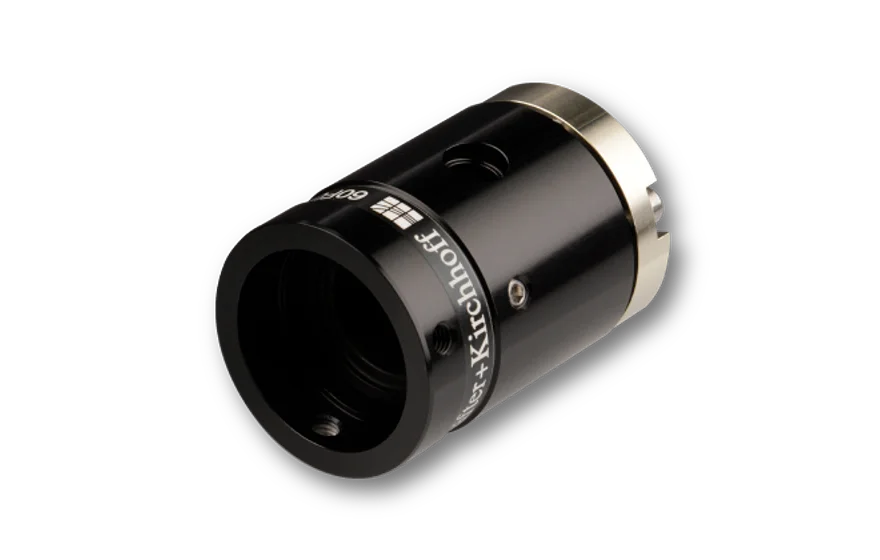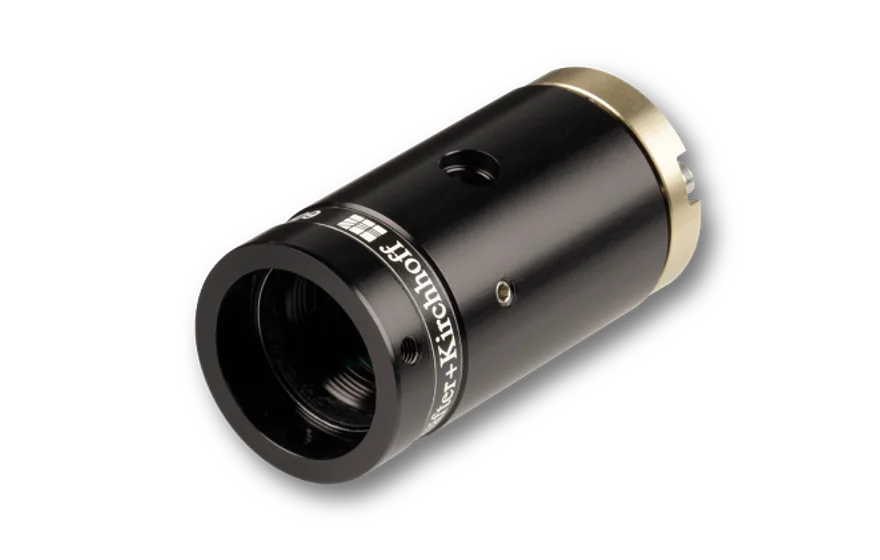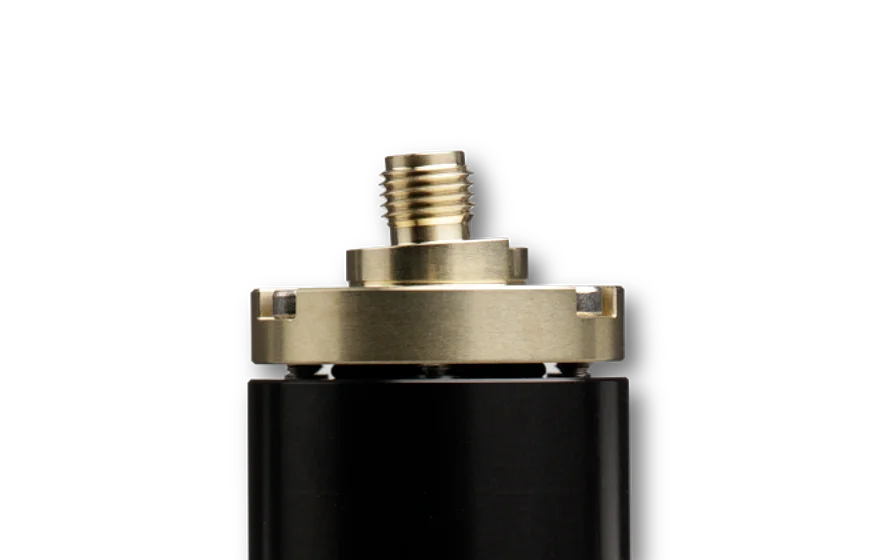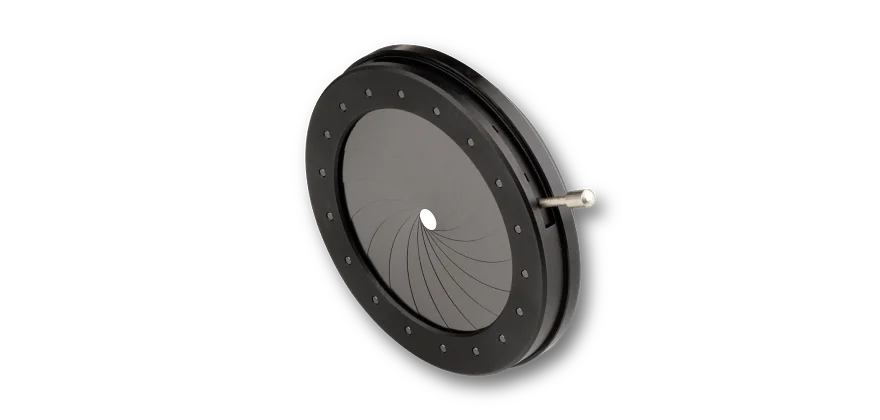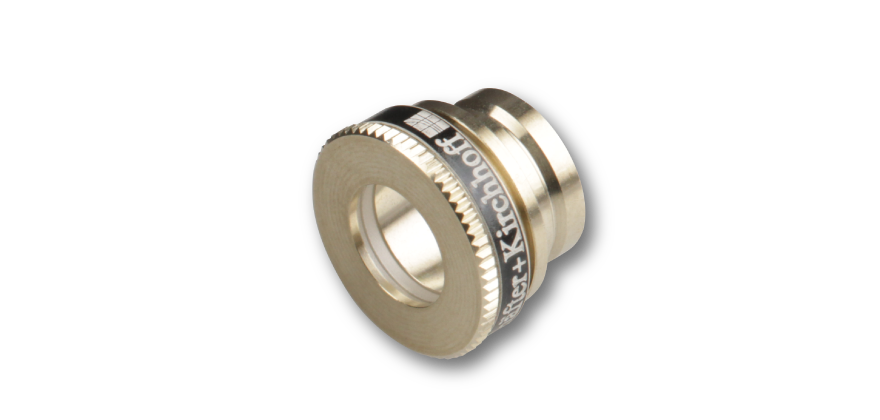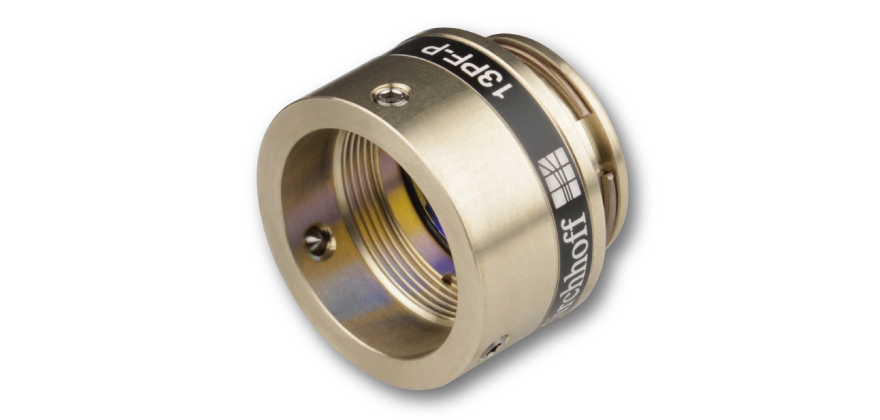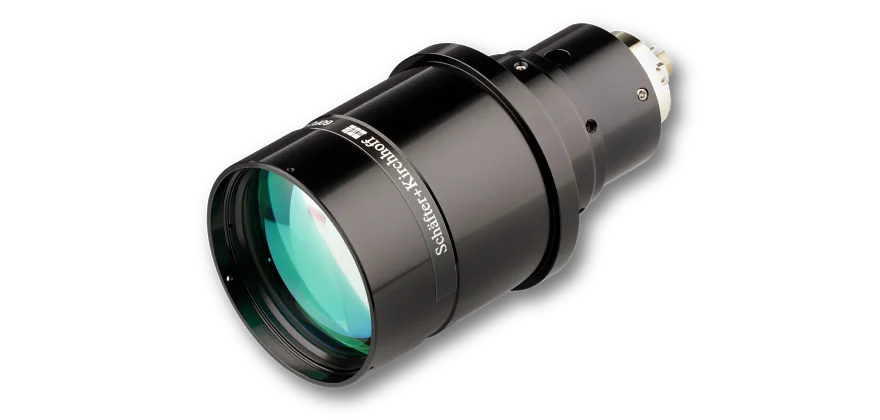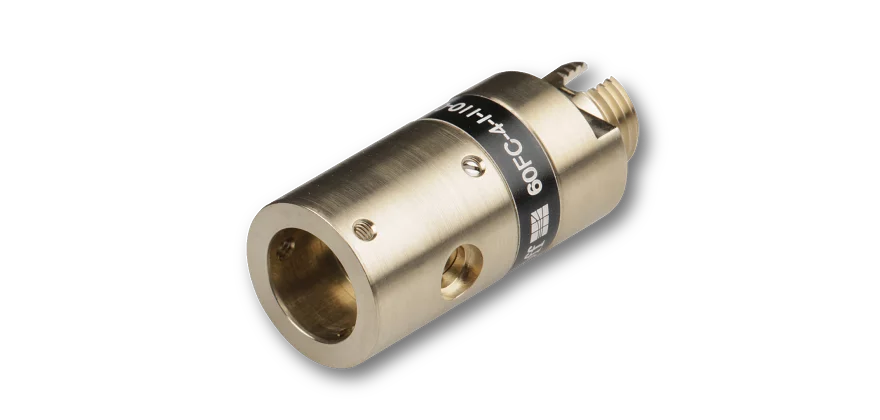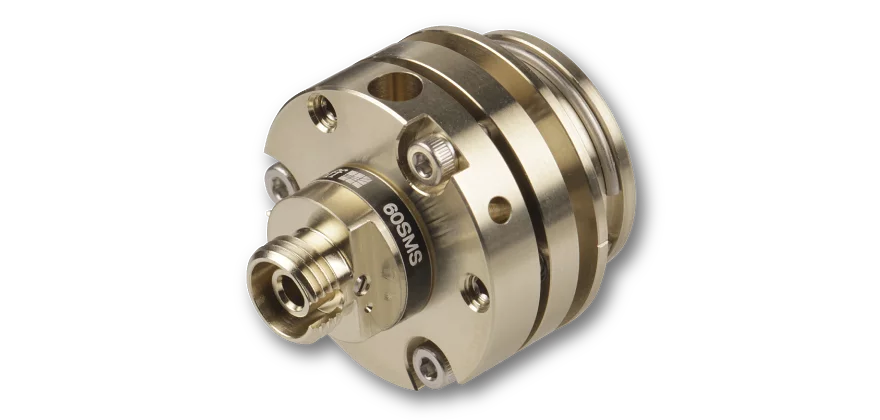The fiber couplers series 60FC-SMA are designed for coupling into SMA-905 high power connectorized single-mode and polarization-maintaining fiber cables including PCF fibers cables. It can also be used to collimate radiation exiting such fiber cables. Please note that the collimated beam profile strongly depends on specific fiber properties and is not Gaussian for PCF fibers.
An optics for each application
A large variety of collimating optics allows that the optimum focal length and the best lens type for a single wavelength (asphere, monochromat, singlet) or a wavelength range (achromat) can be selected for each application. All lenses are AR-coated.
Adjustment of focus and TILT
The distance between fiber end-face and collimating optics is adjusted by means of an eccentric key. The lens does not rotate when adjusting the focus. The final focus setting is locked by means of two radially arranged clamping screws. Additionally attachment optics can be mounted to the front of the collimator.
Additionally, the collimator has an integrated TILT adjustment. Unlike common FC-type connectors, the SMA-905 High Power Connector does not have a spring-loaded ferrule.
With varying ferrule length, the point of emission not only shifts axially, but also laterally with respect to the optical axis in the case of an inclined polish (5° and 8°-polish).
By using the TILT adjustment, the point of emission can be adjusted onto the mechanical axis of the fiber coupler. When collimating a laser beam, the integrated TILT adjustment for the fiber coupler 60FC-SMA-T prevents vignetting or diffraction arising from a clipped beam.
When coupling into a fiber, high efficiencies can only be reached when the tilt is adjusted properly.
Optimum lens performance
The angled polish of connectors of type APC is considered by a pre-angled mechanical coupling axis that compensates the beam deflection and you can use the lens centrically. This minimizes aberrations simply resulting from a non-ideal beam path through the lens.
Connector Type
The fiber collimators have a receptacle of of type SMA-905 (F-SMA) and is available for 5° or 8° e.g. for SMA-905 High Power connectors (receptacles for fibers with 0°-polish on request). Unlike the fiber collimators for FC PC or FC APC connectors (60SMS or 60FC-T) the fiber connectors of type high power SMA 905 do not have an index key for alignment of the polarization axis of the fiber cable. A groove in the collimator helps with the manual axis alignment.
Material
The fiber collimators are made of nickel silver and black anodized aluminum.
Mounting
The collimator can be placed into a standard mirror mount.
